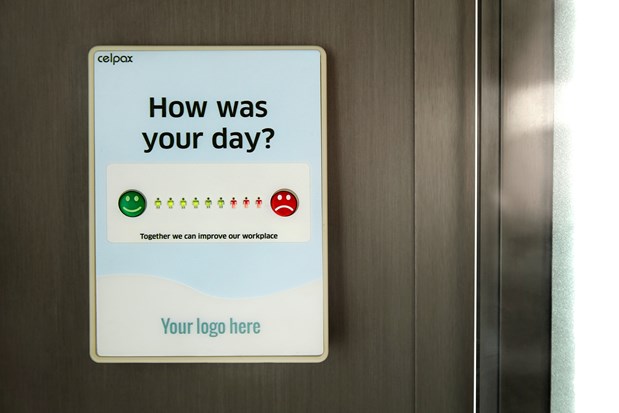Formative Assessment: A fancy term to check up on students
A free professional blog to support English teachers

You loved our last blog on Assessment for Learning! This is a concept that many of you do on a daily basis but you weren’t confident with the theory or how it links with your lesson planning. Today’s blog post continues on the theme of AfL with an explanation and examples of Formative Assessment. We will discover what it is, how to use it in your lessons, and give you some great practical ideas to get started with!
Formative Assessment is a fancy term for checking up on your students in real-time. It is the evaluation of students’ learning, progress, and understanding while the learning is taking place i.e. during lesson time.
The reason formative assessment is so important is that it allows teachers to update their teaching or to address problems in real-time, rather than waiting until the end of the lesson to realise that the students needed help and the hour lesson was wasted.
TES also notes that formative assessment is useful for building students’ metacognitive awareness i.e. their own understanding of how they learn and what they need to work on to improve. This is something we work on a lot at The English Classroom. Especially in terms of being a Sustainable Teacher, our ultimate aim is to give students the skills they need so they can continue with a lifetime of learning long after they have left our classrooms.
So what does this look like in your lessons?
Structure
Firstly, a well-planned lesson will have opportunities for formative assessment already planned into the structure of the lesson. All our lessons at The English Classroom have at least three forms of formative assessment in every hour lesson. Such as:
- Starting activity to know the student's pre-existing knowledge or misconceptions
- A checkpoint in the middle of the lesson to ensure students are on track and address problems
- A full plenary at the end of the lesson. This is a way to measure the student's progress from the start of your lesson to the end and to have a realistic idea of what the students can achieve in the next lesson. Scholastic offers some great tips for how to build this into your lesson here.
Tools
For the checkpoints when you want to measure the students learning and address problems, my top 3 tools include:
- Think, pair, share - Ask students a question. Give them 1 minute to think about the answer in silence, 1 minute to discuss the answer with a partner, and then 1 minute to feedback their answer as a class. This is a supported way for all students to summarise their learning and for you to assess the level they are working at.
- Thumbs up, thumbs down - Once you have given students an explanation or a task, ask all students in the class to give you either a thumbs up (good) or a thumbs down (bad). This might need to be adjusted to be culturally sensitive, but the same principle applies. It is a fast, non-verbal way to gauge the confidence of your class. Ask them to do it with their eyes closed if you have shy students.
- Traffic light system - This requires a little more preparation but if your students practice it a lot, it can be very effective. All students have a red card, an orange card, and a green card. They should be in the habit of having a card visible on their desk to demonstrate their understanding of the task they are working on. Green means I am feeling confident, orange means I might need a little support and red means help me. As a teacher, you have a visual reference of how well the students respond to their learning and which students need your targeted support.
Peer review and self-assessment
Last but never least, peer review and self-assessments. If students are to take responsibility for their own learning, they need to have an awareness about what level they are working at and how to get to the next level. They can do this by comparing their own work to the goals of the lesson or by marking a partner's work and giving feedback on how they can improve.
This is not something that your students will be good at the first time they try it. It is a skill they will learn over time. We have embedded it into all lessons from A1 all the way through to C2 so after following the education of 600 lessons from The English Classroom, students are acutely aware of their own strengths, weaknesses, and what they need to do to reach their goals.
If you have more ideas, we would love to hear them! Reply to us with some of your top tips and we will share them on our social media. Next time we unpick the theory of Summative Assessment.
The English Classroom. Made for Teachers.
Written by Jennifer Gardner
Owner of The English Classroom